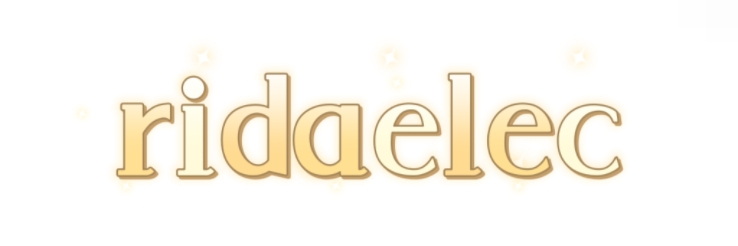Push Notifications vs. SMS: Which is Best for Your Business?
ITNIOTECH is committed to delivering high-quality products across various industries worldwide. We aim to provide our customers with better and more valuable products, striving to build a brighter future together.
# Push Notifications vs. SMS: Which is Best for Your Business?
In the ever-evolving digital world, businesses must find effective communication methods to engage their audiences. Among these, push notifications and SMS (Short Message Service) are two of the most popular options. Each method has its own advantages and challenges. This article will analyze these two communication tools to help determine which one is most suitable for your business needs.
## Understanding Push Notifications
Push notifications are brief messages that appear on a user's device, whether it be a smartphone, tablet, or computer. These notifications are sent directly from an application and may include text, images, or videos. Users must opt into receiving these alerts, allowing businesses to communicate effectively with an engaged audience.
### Advantages of Push Notifications
1. **Rich Content**: These notifications are capable of integrating various multimedia elements, enhancing their visual appeal.
2. **Targeted Messaging**: Businesses can tailor their messages according to user behavior and preferences, ensuring a personalized approach.
3. **Higher Engagement Rates**: Compared to traditional email marketing, push notifications typically have higher open rates because they are displayed directly on users’ devices.
### Disadvantages of Push Notifications
- **User Opt-In Required**: If users haven't opted in, businesses cannot use this method to reach them.
- **Risk of Annoyance**: Excessive notifications can lead to users opting out, so it’s crucial to find the right balance.
- **Limited Reach**: If a business’s customer base does not frequently use its app, push notifications may not be a viable communication tool.
## The Power of SMS
SMS allows businesses to send direct messages to users’ mobile phones. Unlike push notifications, SMS does not require a specific application to be installed, offering businesses potential access to a broader audience.
### Advantages of SMS
1. **Wider Reach**: SMS can connect with anyone who has a mobile phone, making it particularly useful for diverse audiences.
2. **Instant Delivery**: Messages are typically delivered promptly, ensuring timely communication.
3. **Higher Open Rates**: SMS messages often achieve open rates close to 98%, which is significantly higher than other communication methods like emails.
### Disadvantages of SMS
- **Character Limit**: SMS messages are restricted to 160 characters, making it difficult to convey detailed information.
- **Potential Costs**: Sending SMS may incur costs depending on the service provider, especially when reaching a large audience.
- **Limited Multimedia**: While SMS can include links, the multimedia capabilities are not as rich as those provided by push notifications.
## Choosing the Right Option for Your Business
To decide between push notifications and SMS, consideration must be given to business objectives, audience preferences, and available resources:
### 1. Audience Engagement
Assess how engaged your target audience is with your app or online presence. If users are actively using an app, push notifications may enhance engagement. For a less app-focused audience, SMS could be more effective.
### 2. Message Complexity
Identify the type of messages you intend to send. For detailed information or multimedia messages, push notifications are more flexible. If messages are brief, SMS serves as a clear and effective option.
### 3. Budget Constraints
Evaluate budget considerations for marketing communications. While SMS incurs a cost for each message, establishing push notifications usually involves app development costs, which can be more economical over time.
## Best Practices for Implementation
Regardless of which communication method you choose, applying best practices will help ensure effective and well-received communications:
- **Respect Frequency**: Avoid overwhelming users with excessive messages; prioritize quality over quantity to sustain engagement.
- **Include Clear Calls to Action**: Always guide users towards the desired action, whether visiting a website, completing a purchase, or downloading content.
- **Analyze and Adapt**: Regularly track engagement metrics to gauge which messages resonate best with your audience and refine your strategy accordingly.
## Conclusion
Ultimately, determining the best option between push notifications and SMS depends on your specific business objectives, audience behaviors, and the complexity of your messages. Understanding the strengths and drawbacks of each method will empower you to develop a communication strategy that effectively engages your customers while driving meaningful results. By utilizing both push notifications and SMS in a complementary fashion, businesses can extend their reach and influence, ensuring their messages resonate with the intended audience at the right time.
Are you ready to advance your business communication strategy? Experiment with both approaches, analyze the results, and discover what works best for your needs. Happy communicating!
If you are seeking more details, please visit our website for further assistance on how to enhance your business strategies effectively.
For additional insights into push notifications vs. sms, feel free to reach out to us for professional guidance and answers.


